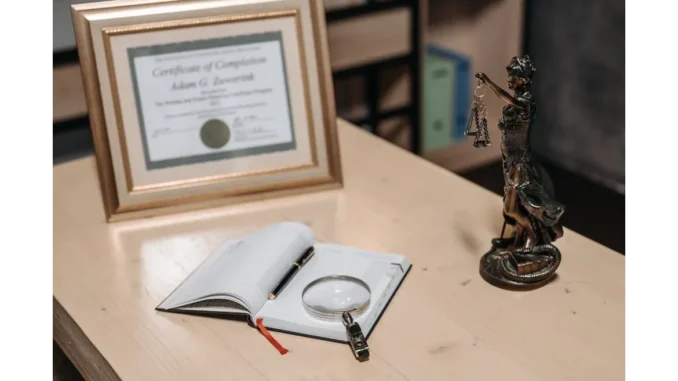
Summary
1. Achieving BREEAM certification involves a comprehensive approach that includes environmental assessment, carbon footprinting, technical advice, and training.
2. The certification process is highly detailed and requires a deep understanding of sustainability principles and practices.
3. Effective training and professional advice are crucial for successfully navigating the BREEAM certification process.
4. BREEAM certification can significantly improve a building’s environmental performance and enhance its market value.
5. Collaboration and communication among various stakeholders are essential for achieving BREEAM certification.
Main Post
I had the chance to sit down with Sarah Mitchell, a seasoned environmental consultant who has spent the past decade helping businesses achieve BREEAM certification. As we sipped coffee in a cosy café, Sarah walked me through the intricate world of BREEAM and the steps needed to secure this prestigious certification.
“BREEAM stands for Building Research Establishment Environmental Assessment Method,” Sarah began, her eyes lighting up with enthusiasm. “It’s a robust framework that measures a building’s sustainability performance. From environmental assessment and carbon footprinting to technical advice and training, it covers everything.”
Sarah explained that the first step in the BREEAM process is an environmental assessment. “We start by evaluating the building’s impact on the environment. This involves a detailed analysis of various factors, including energy efficiency, water usage, waste management, and materials sourcing.”
One of the key components of this assessment is carbon footprinting. “Reducing carbon emissions is a significant aspect of BREEAM,” Sarah noted. “We calculate the building’s carbon footprint and identify areas where improvements can be made. This could involve upgrading insulation, installing energy-efficient lighting, or incorporating renewable energy sources.”
Technical advice plays a crucial role in this process. “Many businesses are not familiar with the technical aspects of sustainability,” Sarah remarked. “We provide expert advice on how to implement sustainable practices effectively. This could range from selecting eco-friendly materials to designing energy-efficient systems.”
Training is another essential element. “BREEAM certification is not a one-person job,” Sarah emphasised. “It involves the collaboration of various stakeholders, including architects, engineers, and contractors. We offer training sessions to ensure everyone understands the BREEAM requirements and how to meet them.”
As Sarah spoke, it became clear that achieving BREEAM certification is a meticulous and demanding process. “It’s not just about ticking boxes,” she said. “It’s about genuinely improving a building’s environmental performance. And that requires a deep understanding of sustainability principles and practices.”
One of the most rewarding aspects of her job, Sarah shared, is seeing the tangible benefits of BREEAM certification. “A certified building is not only more sustainable but also more attractive to buyers and tenants,” she said. “It can significantly enhance the building’s market value.”
Sarah noted that communication and collaboration among stakeholders are essential for achieving BREEAM certification. “Everyone needs to be on the same page,” she stressed. “Regular meetings, clear communication, and a collaborative approach are key to success.”
As our conversation drew to a close, Sarah offered some advice for businesses considering BREEAM certification. “Start early and seek professional advice,” she said. “The sooner you begin the process, the more time you have to make the necessary improvements. And don’t hesitate to reach out to experts who can guide you through the process.”
In summary, BREEAM certification is a comprehensive and rigorous process that requires careful planning, effective training, and professional advice. But for those willing to invest the time and effort, the rewards are well worth it. As Sarah put it, “It’s about creating buildings that are not only good for the environment but also for the people who use them.”
John Smith


Be the first to comment